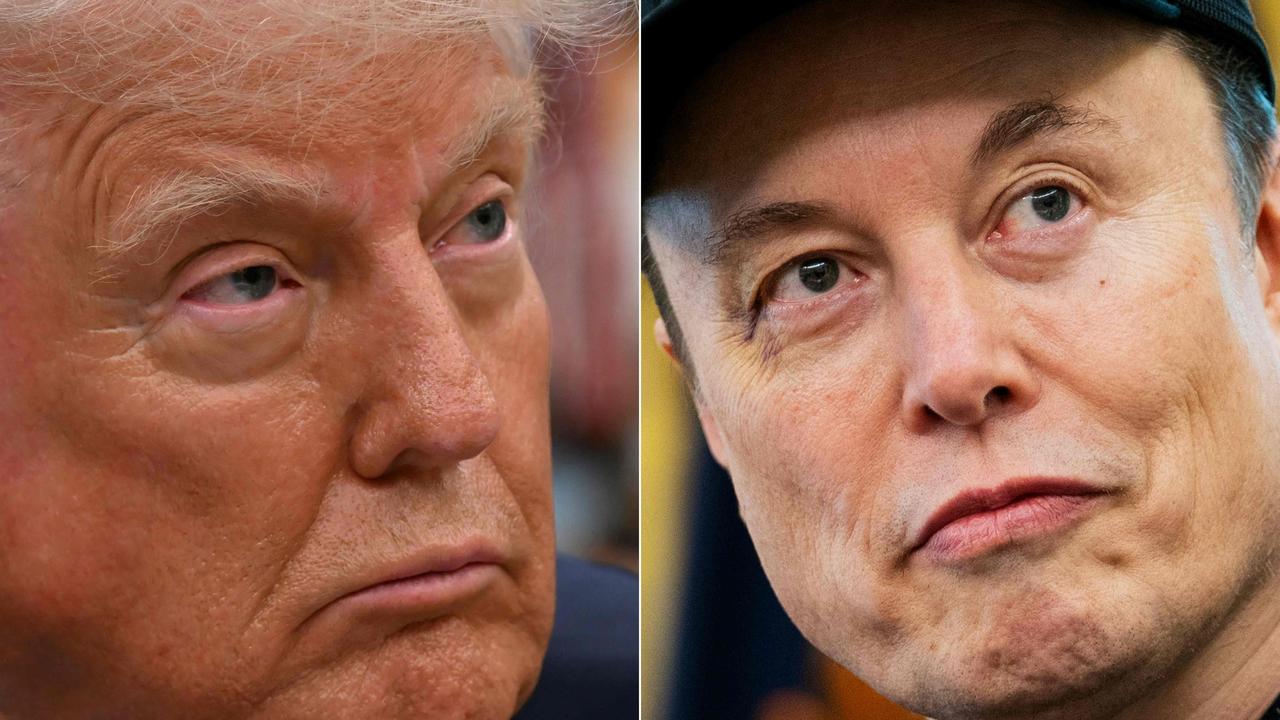US Fed fears see $26bn lost: ASX shaken by biggest fall in more than a year
The Australian sharemarket is expected to open weaker tomorrow amid renewed fears about global economic growth.
THE Australian sharemarket is expected to open weaker tomorrow amid renewed fears about global economic growth.
Around $34 billion was wiped from the local market in its biggest one-day fall in 15 months on Friday, with the S&P/ASX 200 index dropping 2 per cent.
The mood looks set to continue tomorrow morning, with the futures market pointing to a 38-point dip at the open, CommSec chief economist Craig James said on today.
US shares also fell sharply on Friday, with the Dow Jones Industrial Average closing down 115 points (0.69 per cent), at 16,544 points, erasing the blue-chip index’s gains for 2014.
“We have been playing follow-the-leader with the Dow Jones in recent times,” Mr James said.
“Certainly if US and European stocks are cheapening up, that has implications for our market as well.” The broad-based S&P 500 tumbled 22.16 (1.15 per cent) to 1906.05, while the Nasdaq slumped 102.10 (2.33 per cent) to 4,276.24.
The lowering of economic growth forecasts for Germany, Europe’s largest economy, last week made for dreary action in most overseas markets, with the German DAX slumping 2.4 per cent and the French CAC 40 falling 1.6 per cent.
Profit reports from Citigroup, Intel and other companies in the US will be the main lead for the Australian sharemarket in the coming week, while the subdued mood will likely attract bargain hunters.
“That’s going to be make or break in terms of the US sharemarket, and that’s going to have implications for our market,” Mr James said.
“I think there will be some clear air in terms of the economy, and people will start to think about the true state of US economy, which is actually in good shape.
“It’s a week of consolidation - and perhaps some bargain hunting will come in.”
As the US Federal Reserve Board wraps up its third round of quantitative easing and looks to start raising interest rates next year, the market is well aware that years of money-printing and near-zero interest rates have inflated asset prices — including equities — but failed to generate much economic growth.
Global equities fell after the past two rounds of US quantitative easing. Now the Fed seems to be losing its ability to limit sharemarket weakness by implying that “bad news is good news” because it implies that further stimulus is on the way.
Bell Potter executive director Charlie Aitken says the market’s volatile reaction to the Fed’s comments last week shows just how vulnerable shares may be once US quantitative easing ends.
“It’s concerning because Wall Street is going to need to rely on the Fed’s ‘reassuring words’ rather than its physical largesse,” he said. “The fact of the matter remains that QE ends this month and the Fed’s balance sheet is peaking right now. Similarly, it’s now only a matter of when US interest rates physically start rising.”
Mr Aitken argues that the Fed is losing the ability to calm markets with words rather than actions.
“In my view the markets will call the Fed’s bluff and you can see markets are turning on the Fed in terms of increased volatility and profit-taking in all multi-year, Fed-inspired risk asset prices. You can see that big pools of private, sovereign and hedge fund money are already moving to lock in profits/exit in asset classes that have benefited from the Fed, and rotate to US dollars and asset classes that don’t have daily pricing. They are moving ahead of the Fed because they can, yet those stuck with tighter mandates have no real choice but to stay fully invested.”
Shane Oliver, who helps manage about $130bn as head of investment strategy and chief economist at AMP Capital, also feels that equities are in for a rough ride as the Fed dials back its money-printing splurge.
“There are lots of things driving the weakness in markets, whether it’s concern about Ebola or economic weakness in Europe, Japan and China, but the main issue is the Fed,” Dr Oliver said.
“The markets are getting nervous now because we are near the end of quantitative easing and ultra-low interest rates.”
Fed chief Janet Yellen has said Fed policy is “not on a preset course” and is “data-dependent”, implying that it could, if necessary, do more quantitative easing and dial back its talk of higher interest rates.
But that would require a renewed fall in US inflation. Moreover, it could have negative effects on consumer and business confidence because it would amount to an admission of policy failure. “I could conceive of such a situation, but you would probably have to go through a bit of volatility to get to that point,” Dr Oliver said.


